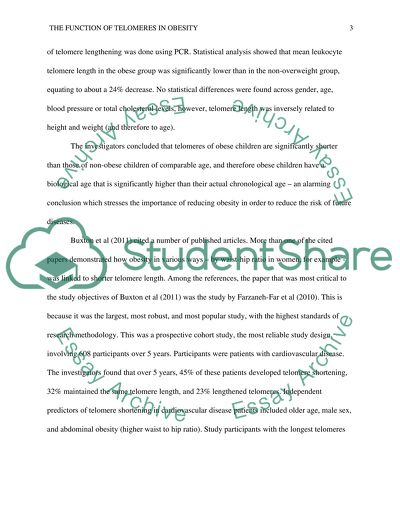Cite this document
(“The Function of Telomeres in Obesity Term Paper”, n.d.)
The Function of Telomeres in Obesity Term Paper. Retrieved from https://studentshare.org/biology/1450719-telomeres-function-on-obesity
The Function of Telomeres in Obesity Term Paper. Retrieved from https://studentshare.org/biology/1450719-telomeres-function-on-obesity
(The Function of Telomeres in Obesity Term Paper)
The Function of Telomeres in Obesity Term Paper. https://studentshare.org/biology/1450719-telomeres-function-on-obesity.
The Function of Telomeres in Obesity Term Paper. https://studentshare.org/biology/1450719-telomeres-function-on-obesity.
“The Function of Telomeres in Obesity Term Paper”, n.d. https://studentshare.org/biology/1450719-telomeres-function-on-obesity.


